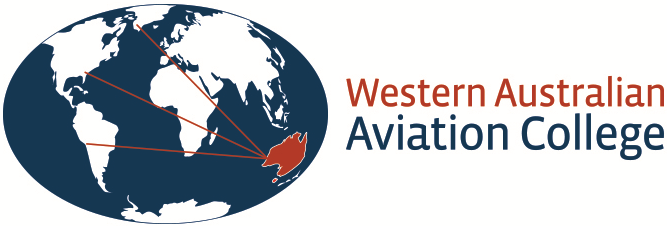Flight Training Pathways: Comparing AVI50222 and Traditional Flight School
Navigating the landscape of flight training can be a complex process, particularly when it comes to choosing between different training pathways. One common decision aspiring pilots face is whether to pursue a structured course like AVI50222 - Diploma of Aviation (Commercial Pilot Licence - Aeroplane) or opt for a more traditional, non-structured, flight school training. This blog post aims to shed some light on these two pathways to help you make an informed decision.
Understanding AVI50222
The AVI50222 is a nationally recognised training qualification in Australia. It's a comprehensive course that offers a structured learning pathway to becoming a commercial pilot. This program is delivered in an integrated fashion, mixing theory delivery and practical flight training in a way that enables you to qualify for a commercial pilot licence in a condensed period of time.
Understanding Traditional Flight School Training
Traditional flight school training often takes a more flexible, non-structured approach. Rather than following a fixed curriculum, you may progress through various licenses and ratings at your own pace, starting from a recreational pilot license, moving to a private pilot licence, and finally achieving a commercial pilot license.
Comparing AVI50222 and Traditional Flight School Training
Structure: The most significant difference between these two pathways lies in their structure. AVI50222 offers a well-defined curriculum that covers all the essential areas of commercial pilot training. On the other hand, traditional flight school training allows for more flexibility, enabling you to progress at your own pace.
Cost: Both pathways require a substantial financial investment. However, the cost may differ depending on the school, location, and the pace at which you progress. A structured course like AVI50222 might have a more predictable cost due to its fixed curriculum, while the cost of traditional flight school training can vary based on your learning pace.
Time: Generally, a structured course like AVI50222 has a set timeline, allowing you to know exactly how long your training will take. Traditional flight school training, in contrast, might take longer or shorter depending on your pace and commitment.
Career Progression: Some airlines prefer pilots who have completed structured training programs like AVI50222, as these courses often provide more comprehensive training. However, many successful pilots have also come from traditional flight school backgrounds.
Choosing between these two pathways depends on your personal circumstances, career goals, and learning style. Whether you opt for the structured approach of AVI50222 or the flexibility of traditional flight school training, the goal remains the same: becoming a competent, safe, and successful pilot.
At the Western Australian Aviation College, we're proud to offer both pathways, providing our students with the freedom to choose the training approach that best suits their needs. Our dedicated team of experienced instructors, modern facilities, and comprehensive support ensure that no matter which path you choose, you're in good hands.
For more information about our AVI50222 course, click here. For more information about our other training pathways, click here.
